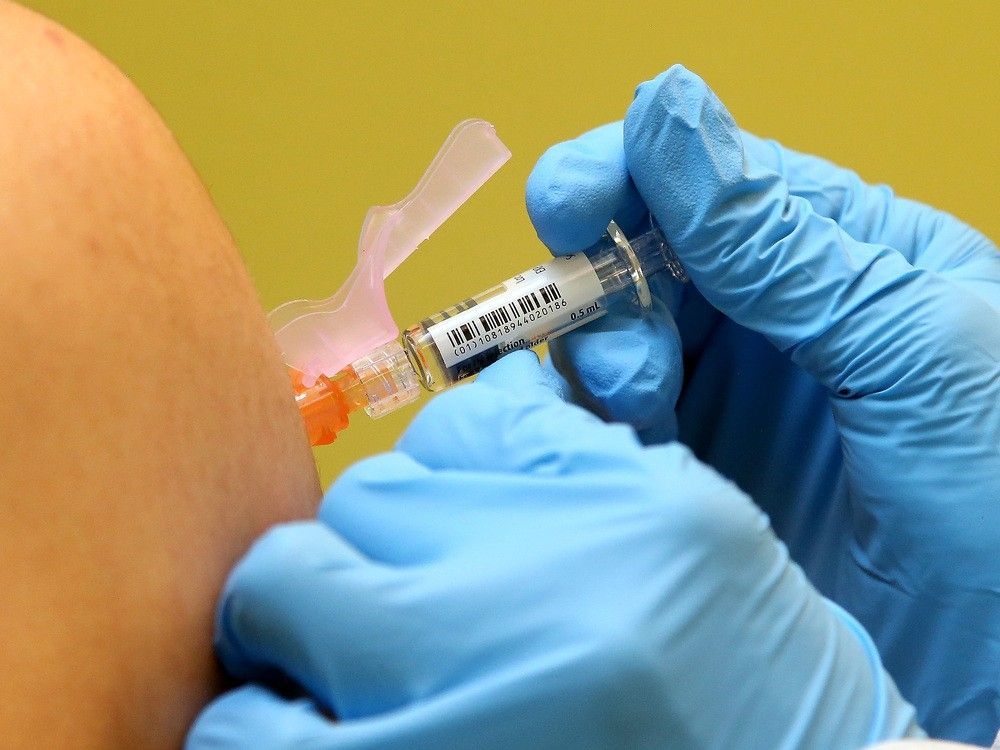A sense of urgency hangs in the air this fall, a quiet alarm echoing through hospitals already stretched to their limits. Health officials are bracing for a collision of viruses – flu, COVID-19, and RSV – and the call to vaccinate isn’t just a recommendation, it’s a plea for resilience.
The warning signs are stark, gleaned from a troubling preview unfolding in Australia and beyond. A severe flu season is predicted, threatening to overwhelm a healthcare system already struggling with capacity. Hospitals aren’t simply busy; they’re operating far beyond their intended limits.
At The Ottawa Hospital, the situation is critical. Both the Civic and General campuses are operating at over 110% and 106% capacity respectively, even *before* the typical surge of respiratory illnesses begins. This isn’t just about numbers; it translates to patients waiting in hallways, delayed treatments, and a desperate scramble for available beds.

Dr. Virginia Roth, chief of staff, emphasizes the complex factors contributing to this strain. It’s not a single cause, but a confluence of widespread illness pushing the system to its breaking point. Increased vaccination rates offer a vital lifeline, potentially diverting a massive wave of patients and easing the burden on exhausted healthcare workers.
The reality is sobering: vaccination rates remain stubbornly low across Ontario. Less than half of Ottawa residents over 18 received a flu shot last season, a pattern mirrored in COVID-19 vaccinations. This hesitancy isn’t just a personal risk; it’s a collective vulnerability that threatens the entire system.
Immunization rates are particularly concerning among youth and children, leaving a significant portion of the population unprotected. Even within hospitals, a mere 32.7% of staff were vaccinated against the flu, a figure public health officials are actively working to improve – leading by example is crucial.
The implications extend far beyond the typical discomfort of a seasonal illness. Emerging research reveals a frightening link between vaccine-preventable diseases like influenza and a dramatically increased risk of cardiac events, even heart attacks. Protecting against these viruses is now understood to be a matter of cardiovascular health as well.
Dr. Paul Roumeliotis, Medical Officer of Health for the Eastern Ontario Health Unit, stresses the importance of “walking the talk,” particularly for healthcare professionals. He also highlights the often-underestimated severity of these illnesses, urging people to recognize the potential for serious complications.
Fortunately, influenza and COVID-19 vaccines are readily available through pharmacies, family doctors, and public health units. While current levels of COVID-19 remain low in Ottawa, the potential for a rapid increase exists. RSV vaccines are also available for vulnerable populations, including those over 75 and pregnant women.
The window to prepare is closing. Flu season typically begins in November, but its timing is unpredictable. Now is the time to act, not just to protect yourself, but to safeguard the health of your community and ensure that hospitals can continue to provide care for everyone who needs it.





